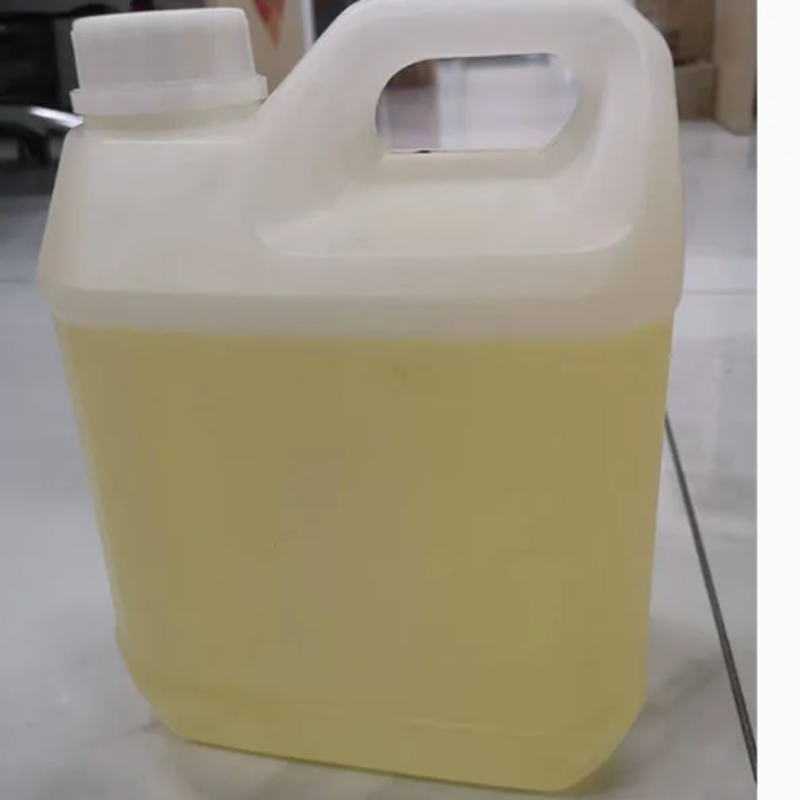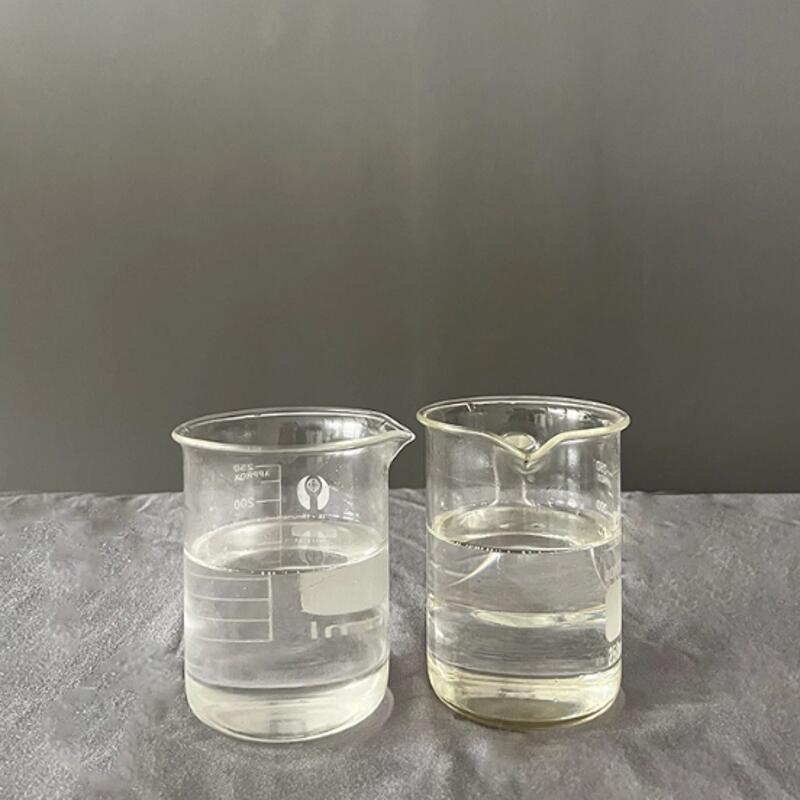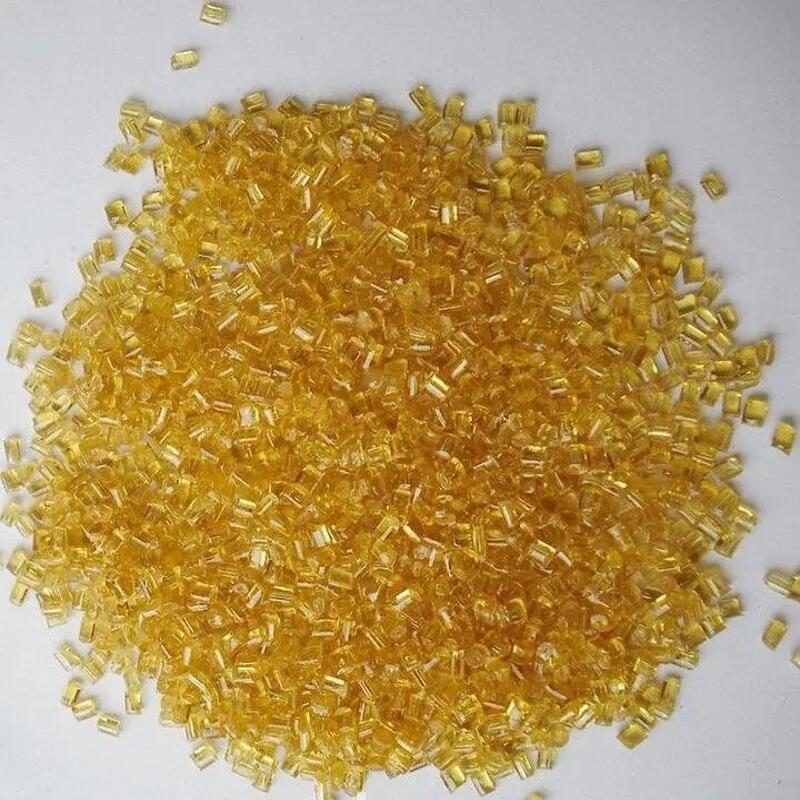-
Categories
-
Pharmaceutical Intermediates
-
Active Pharmaceutical Ingredients
-
Food Additives
- Industrial Coatings
- Agrochemicals
- Dyes and Pigments
- Surfactant
- Flavors and Fragrances
- Chemical Reagents
- Catalyst and Auxiliary
- Natural Products
- Inorganic Chemistry
-
Organic Chemistry
-
Biochemical Engineering
- Analytical Chemistry
-
Cosmetic Ingredient
- Water Treatment Chemical
-
Pharmaceutical Intermediates
Promotion
ECHEMI Mall
Wholesale
Weekly Price
Exhibition
News
-
Trade Service
Sanyo Chemical Industries, Ltd.
has developed "SANNIX FA-817C" and "SANNIX FA-817T" as raw materials for polyurethane foam
.
The newly developed material gives the polyurethane foam low resilience and good breathability, and maintains its softness at low temperatures
.
Low-rebound foams are used in stackable mattresses, pillows and other bedding products for their excellent body pressure dispersion
.
Through this development, the company will be able to improve sleep quality by imparting features such as breathability and flexibility to bedding materials at low temperatures
.
Development background
Development backgroundSleep helps restore mental and physical fatigue; therefore, it is important for maintaining health and improving academic and work performance
.
Recently, however, people are not getting enough sleep, or the quality of sleep has decreased due to life>
.
As a result, there is a new appreciation for the importance of sleep, which is closely related to health and productivity
.
To improve sleep quality, bedding must provide various functions, such as maintaining a natural sleeping position, making it easy to turn over, dispersing pressure on the waist and back, and maintaining proper temperature and humidity
.
These functions are related to the firmness, cushioning, body pressure distribution, warmth retention and breathability of the mattress
.
Therefore, mattresses with characteristics associated with each function have been developed
.
One type of this mattress uses low-rebound polyurethane foam
.
Low-rebound mattresses are excellent at conforming to the body and dissipating body pressure
.
Not only can it be used as a main mattress, but it can also be used as a stack of regular mattresses and pillows
.
However, low-rebound mattresses tend to be poorly breathable and can lead to stuffiness due to sweating
.
It can be difficult to strike a balance between good breathability and low resilience
.
Additionally, increasing breathability can make mattresses stiffer at low temperatures, which can lead to discomfort during winter sleep
.
The company has developed SANNIX FA-817C and SANNIX FA-817T as raw materials for flexible polyurethane foam, and by optimizing molecular design, a low-rebound mattress is realized, which provides good air permeability and does not become hard at low temperatures
.
Technical overview
Technical overviewFlexible polyurethane foam contains polyol and polyisocyanate as main components
.
In addition to being used in bedding products such as mattresses and pillows, it is also widely used in products such as furniture (such as sofas), car cushions, and clothing
.
The newly developed SANNIX FA-817C and SANNIX FA-817T are polyols for flexible polyurethane foam
.
Flexible polyurethane foam composed of these materials has excellent breathability, reduces the feeling of stuffiness caused by sweating, and has excellent low resilience at room temperature
.
Furthermore, unlike existing materials, it does not stiffen at low temperatures due to the low temperature dependence of foam stiffness
.
The low resiliency of the foam was previously maintained mainly by methods such as reducing the polyol molecular weight per functional group (by reducing the hydroxyl equivalent weight) to increase the viscosity
.
However, the foams obtained by these methods have low air permeability, which is a problem
.
We have succeeded in improving breathability while maintaining body pressure dispersion, for example, by appropriately combining polyols with ester groups and other materials
.
In addition, the company has optimized the design at the molecular level to reduce the temperature dependence of foam stiffness, and the newly developed foam does not stiffen at low temperatures
.
Breathability: 50 cc/cm2/s, an improvement of 300% or more compared to previous products
.
(at a hardness of 30-55 N/314 cm2 and a density of 40-70 kg/m3)
.
Comparison of air permeability of foam using previous polyol and "SANNIX FA-817C, 817T"
Hardness: The hardness at low temperature is reduced by about 30% compared to the previous product
.
If the hardness at 25°C is assumed to be 1, then the hardness of the previous product and the new product at 0°C are 5 and 3.
6 respectively)
.
Comparison of hardness versus temperature for foams using previous polyols and "SANNIX FA-817C, 817T"







